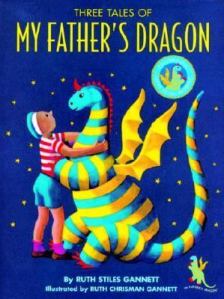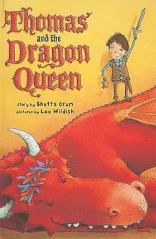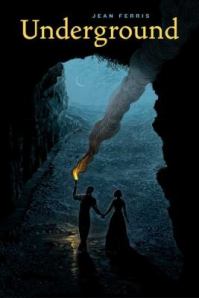 My Life as a Stuntboy, by Janet Tashjian (lexile: 810; AR book level: 5.0; 256 pp)
My Life as a Stuntboy, by Janet Tashjian (lexile: 810; AR book level: 5.0; 256 pp)
One afternoon, twelve-year-old Derek Fallon and his best friend Matt head off to their favorite new playground — the nearby UCLA campus, where they like to skateboard and climb around walls and stair rails. This particular day, however, Derek is noticed by a Hollywood stuntman, who offers him a job doing stunts for an upcoming movie!
This sounds like a dream come true, but there are complications. First Derek has to get permission from his parents, and they require some things in return — like reading (which he hates, unless it’s Calvin & Hobbes) and taking better care of his pet monkey, Frank. And his sudden fame creates friction in his friendship with Matt. Plus doing stunts for fun is one thing, but doing them them with the camera rolling and a famous teen actress watching is quite another.
Derek’s narration is light and funny, from a perspective that will resonate with many 6th grade boys:
My parents have obviously forgotten what it’s like to be a kid with no money, no car, and no power. Of course we say anything to get what we want — what else are we supposed to do?
This is actually the second in a series, but can be read on its own. Based on reviews I’ve seen from kids and parents, the books have hooked a lot of reluctant readers who are attracted to a character a lot like themselves. The look and tone are a bit Wimpy Kid, but with more plot and substance. The wide margins are filled with Derek’s stick figure drawings, his trick for illustrating vocabulary words (actually drawn by the author’s son). And parents will appreciate that Derek’s folks are savvy and supportive, and help him learn from his experiences.
The other books in the series so far:
- My Life as a Book (lexile: 880; AR book level: 5.2; 211 pp)
- My Life as a Cartoonist (publication date, April 30, 2013)


 Artemis Fowl
Artemis Fowl Swindle
Swindle
 Thomas and the Dragon Queen
Thomas and the Dragon Queen


 Journey to the Bottomless Pit: The Story of Stephen Bishop & Mammoth Cave
Journey to the Bottomless Pit: The Story of Stephen Bishop & Mammoth Cave Underground
Underground As of January 2013, I’ve achieved a goal set several years ago: to read ALL 91 winners of the
As of January 2013, I’ve achieved a goal set several years ago: to read ALL 91 winners of the  Johnny Tremain
Johnny Tremain

 The Matchlock Gun
The Matchlock Gun
